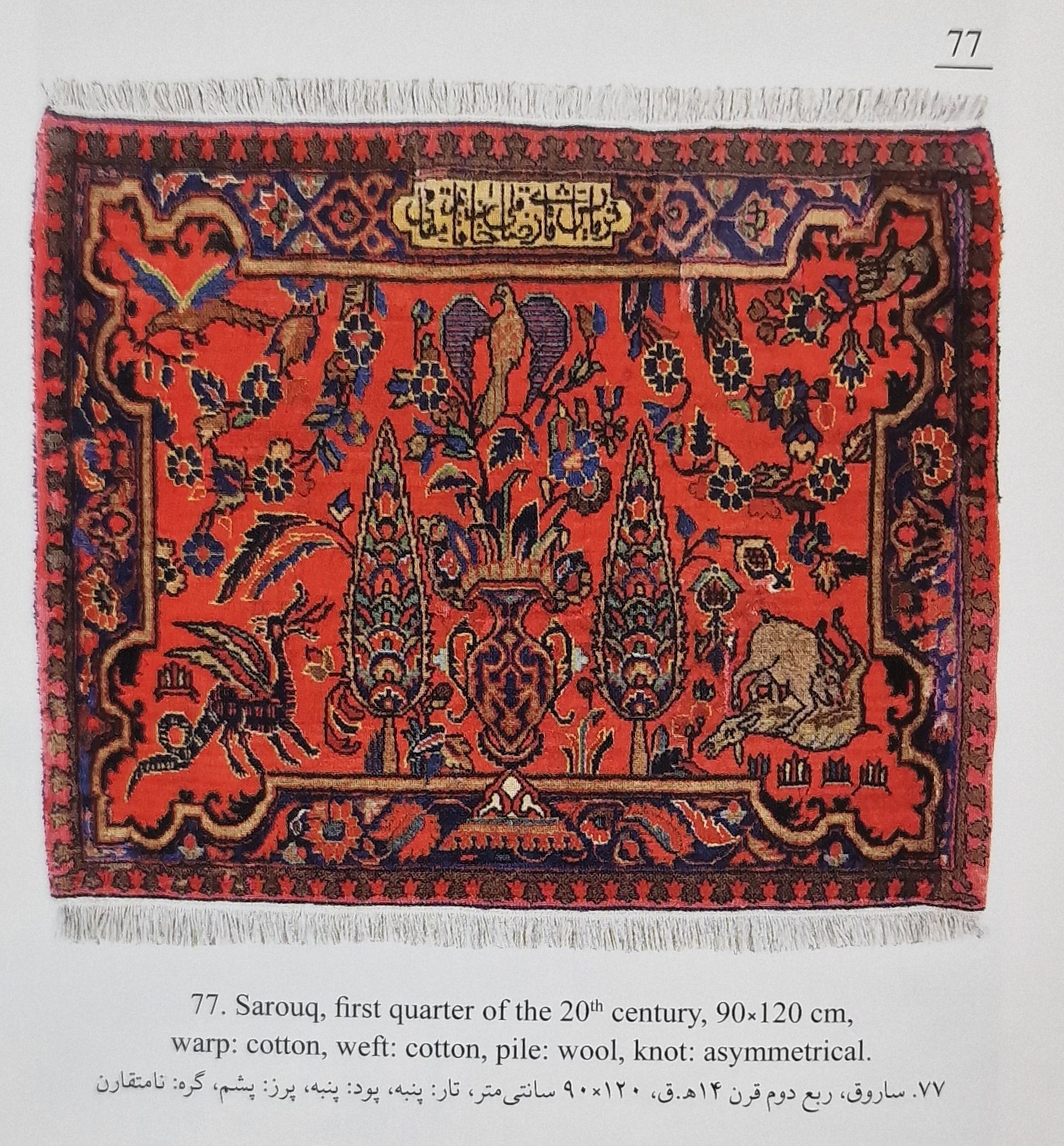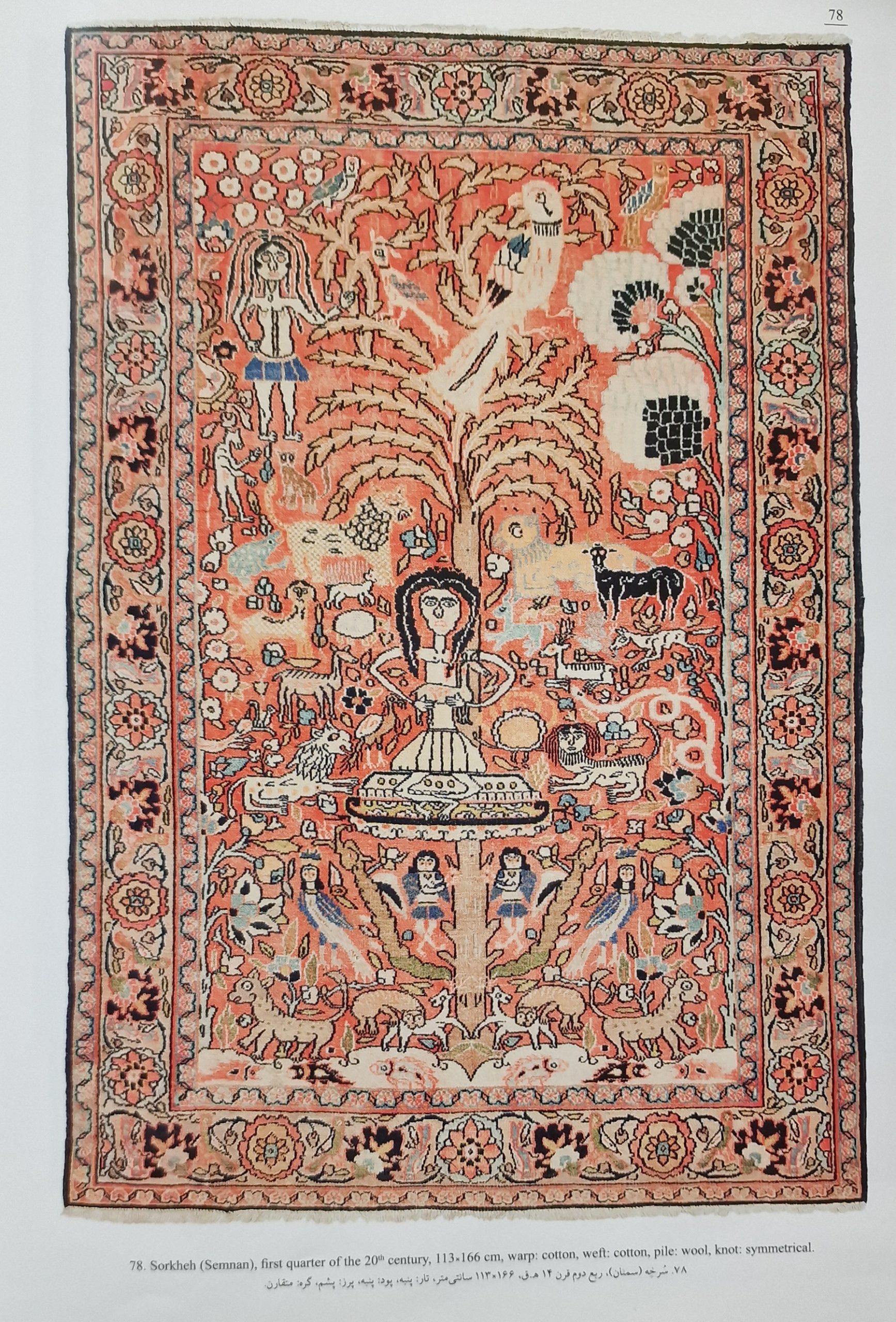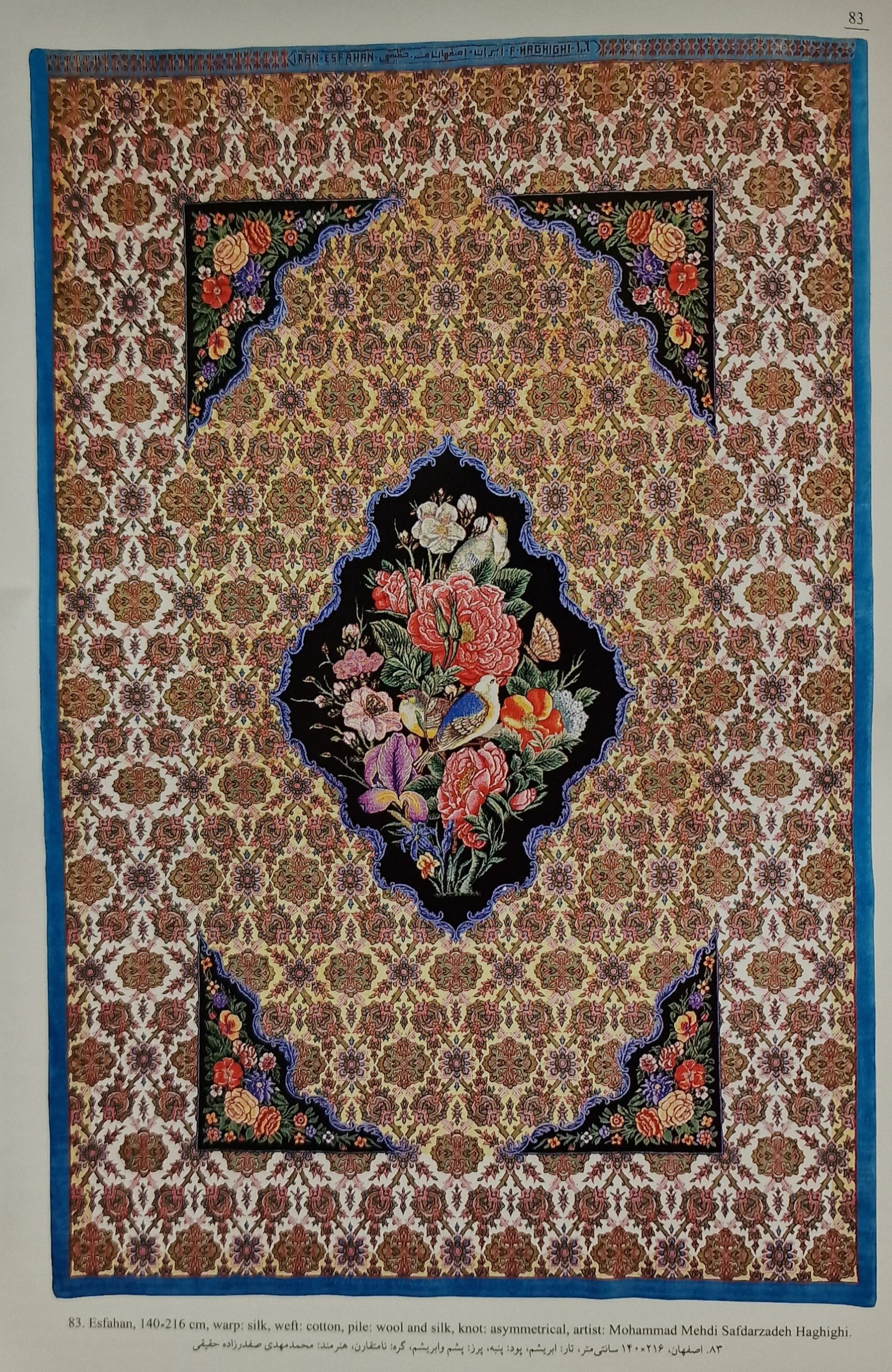Persian Rural carpet
This group of Persian Rural carpet comes from a special way of life that is the result of rural culture and life in the village.(Persian shop carpet ) The beginning of this form of living can be considered the period when man learned farming, and groups of nomads gave up this way of life, and found it better to settle in one place and do farming and so began the life in villages.

Man was no longer a hunter like the former human beings, and farming and settlement became the most important changes in his life. Nevertheless, the need for all kinds of carpets and hand-woven items that meet some of the needs of human life was still felt. Like tribal persian rugs, rural carpets are quite diverse as well. In addition to many types of persian carpet, other woven pieces such as khorjin, rou-korsi, sofreh, etc. are woven by villagers. Old rural rugs like tribal carpets are woven using ornak since there are no pre-designed plates for the weavers to count on.They have to rely on their imagination.(Persian Rural carpet)

Rural carpet weaving centers in Iran
Carpet-weaving in rural areas has gradually been changed since 1941 with the changes that took place in the structure of rural life and by communicating with large urban centers, and the use of design plates and even weaving town Persian Rural carpet flourished in the villages.(Persian Rural carpet)

It is always possible that the dty aiversind multiplicity of rural weaving centers in Iran have been much greater than that in the modern period. The most important rural persian carpet weaving centers of Iran in the contemporary period and a little earlier, which are known in the carpetology and international resources, are as follows:
1. Moshkabad, Farahan, Sarouq, Ghiasabad, Mohajeran and Lilian in Markazi province (formerly known as Soltanabad).A group of famous carpets belonging to this region are known as Soltan Abad carpets.
2.Heris, Bakhshayesh, Ardebil, Qarajeh and Sarab in Azerbaijan.(Persian Rural carpet)
3.Darjazin, Enjelas and Kaboudarahang in Hamedan. There is also a big region known as Mehraban in the northern part of Hamedan.
Some rural carpets which belong to this region but the exact village from which they originate cannot be specified, are known as Hamedan carpets.
4. Hoseinabad, Jowzan, Mishen and Nanaj in Malayer, as well as in Nahavand and its surrounding villages. (Formerly known as Dolat Abad (today’s Malayer), this group of carpets are known for their quality among old experienced carpet sellers of the grand bazaar of Tehran.)
5. Sonqor and Kolyaei in Kermanshah province.(Persian Rural carpet)
6. Kelardasht, Taleqan and even Tehran until the end of Qajar dynasty.
7. Sorkhe in Semnan.
8.Qahferokh, Faradonbeh, Chaleshtor, Hiregan and Baba Heydar, Saman and Shalamzar in north and central Chaharmahal va Bakhtiari province. (Even Dehkord (the old name of Shahr-e-Kord) was an important rural carpet weaving center whose style of weaving has changed overtime.)

9. Joshaqan, Meymeh, Khosrowabad and Nasrabad in Kashan.(Persian Rural carpet)
10. Dorokhsh in southern Khorasan. ( Even though it’s a famous commercial rug because of some workshop carpets with mahi-e herati (Herati fish) patterns, some people put the name of the village Mood alongside Dorokhsh.)
11. Bijar and Sanandaj in Kordestan. (The name Garous still represents some of the best old Bidjar carpets since Garous is the old name of Bidjar.)
12. Saveh, Zanjan, Kharaqan and Tafresh are some other groups of rural Persian carpets worth mentioning.(Persian Rural carpet)
13. The Vist village in Esfahan. (Some consider Toudeshk to be a part of Naien rural carpet weaving centers. Even though these carpets are much more like a Naien workshop carpet rather than rural.)

The approval of the Land Reform Act in the late 1960s had a double effect on the decline of Iran’s rural carpet-weaving. Under this law, many farmlands were given to the villagers. However, the lack of financial resources and the necessary equipment for farming forced many of them to sell their lands and migrate from the countryside to the outskirts of cities.(Persian Rural carpet)
On the other hand, due to the more connection with cities and provincial centers, town carpets and patterns gradually entered the villages. That is why, despite the decline in the style of rural carpet-weaving, weaving town carpets in rural areas is current.
